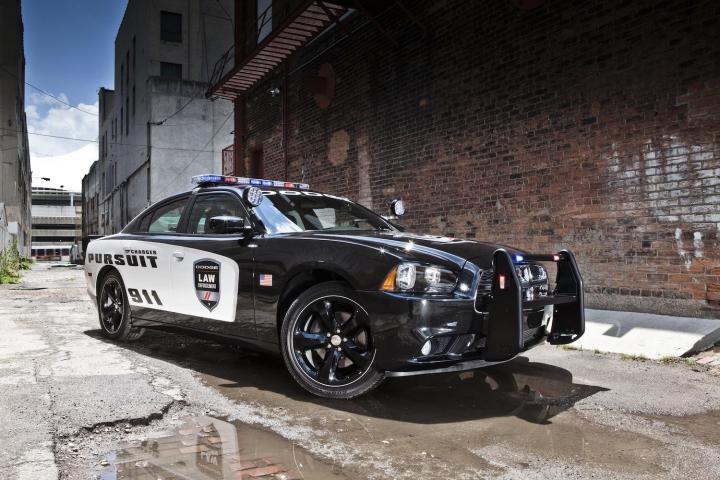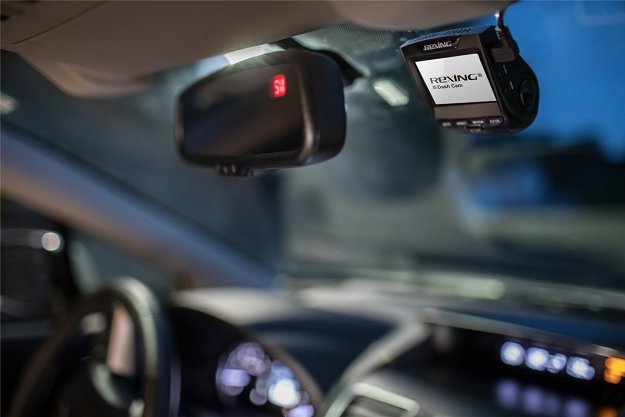
If you own a sports car, chances are good that sooner or later the police are going to light you up for ‘slightly’ exceeding the posted speed limit.
You might be thinking, “Well it is a felony to run away, but there is no way they could catch me!” However, my imaginary law breaking friend, you haven’t reckoned with the 2014 Dodge Charger Pursuit: the fastest police car in America.
Last week, the all-wheel drive Charge Pursuit posted impressive lap times of 1:33.85 and 1:34.75 – the fastest times ever seen at the annual Michigan State Police on Grattan Raceway.
This is good news for America’s law enforcement officers because since the demise of the venerable Crown Victoria Police Interceptor, there has been no clear replacement for the legendary, large police vehicle. The Crown Vic, with its ancient but neigh on indestructible body-on-frame construction, was the last ‘real’ American sedan. As a replacement for the Vic, the American ‘Big Three’ offer either a fifteen-year-old E-Class Mercedes (the Dodge Charger), a ten-year-old Volvo S60 (the Ford Taurus based Police Interceptor), and a seven-year-old Holden Commodore (the Chevy Caprice) to law enforcement agencies.
Despite being the oldest of the bunch, the Charger has some advantages. First among these is the engine choices. It comes with either the excellent Pentastar V6, or the HEMI V8. Sure the HEMI may have been invented around the same time as the cotton gin, but it is also about as powerful as a steam train from the same era – and that should be enough for any red-blooded American who doesn’t care about fuel economy or arctic wildlife.
Most of all, the Charger pursuit was designed with feedback from actual cops. This means the Charger Pursuit features many improvements over the consumer Charger, including improved suspension, which makes it nimble despite being roughly the size of a destroyer; big brakes; and improved rear ground clearance and stronger exhaust so that it can negotiate crossing medians at high speed – my personal favorite. We can only assume that the brush bar is specially designed to survive running into fruit stands and large piles of boxes, a la any ’70s cop show.
All this attention means that the Charger Pursuit put up the fastest times ever seen at the annual Michigan State Police testing.
There is also something in it for us tax payers. Thanks to the Charger Pursuit, we have some great episodes of Cops to look forward to.


